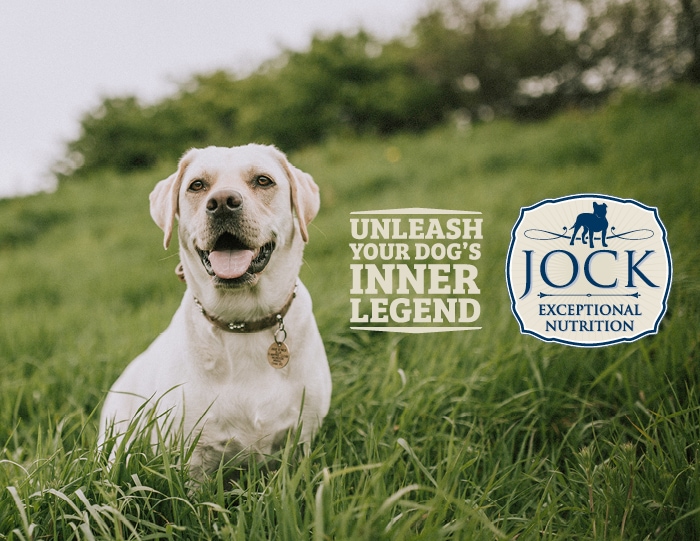If ever there was a Jack of All Trades in the dog world, the Labrador Retriever would be it. Originally bred in Newfoundland, Canada as a fishermen’s assistant, Labs have become quite popular dogs in a range of other areas – including the family home where it remains one of the most popular pet dog breeds in the world today. Labradors also dominate as assistance dogs, are master therapy dogs and are often used as screening dogs by law enforcement. And not to mention, of course, that they are excellent retrievers.
Measurements
Labradors are quite a large breed and are characterised by a sturdy, muscular body, a wide muzzle, droopy ears, and a thick black or brown nose. These dogs come in three main colours, namely yellow, black and chocolate, and have a thick, double coat. In terms of weight, males are just slightly heavier than females – coming at 27kg – 34kg, with females about 2kg lighter.
There is also not a big difference between the sexes when it comes to height – males are about 56cm – 61 from shoulder to floor, while females are about 2cm shorter.
Personality
Part of the reason Labs are such popular family dogs, is that they are mild mannered, and very loyal and affectionate. They’re also quite patient animals, which makes them great with children. Their intelligence, willingness to please and good nature are also why they are such popular service dogs.
Labs are also very cheerful and love to play, especially in water. Their easy-going temperament is also the reason they make better watch dogs, than guard dogs.
Like most dogs, this lovable breed thrives when it knows its place within the pack – which is why they need a strong owner to ensure they don’t become high strung.
At Home
Labrador Retrievers are energetic dogs and tend to be relatively active indoors. This makes them more suited to a home with a decent-sized yard to play in. They can also do good in apartments, but will need to be adequately exercised, mentally and physically.
You will need to take your Lab out for a long walk or brisk jog around the neighbourhood at least once a day. If they are not regularly exercised they can become destructive.
Health
Labs are quite a healthy breed and don’t have too many health issues to be concerned about. Like most larger dogs, they can develop hip and elbow dysplasia later in their lives – but this is not as common as in other large breeds.
They can also develop knee problems and issues with their eyes, including cataracts and retinal dysplasia. Exercised Induced Collapse has also been reported, which can occur after short periods of intense exercise.
In terms of lifespan, your Labrador will be around for a good 10 – 12 years.

